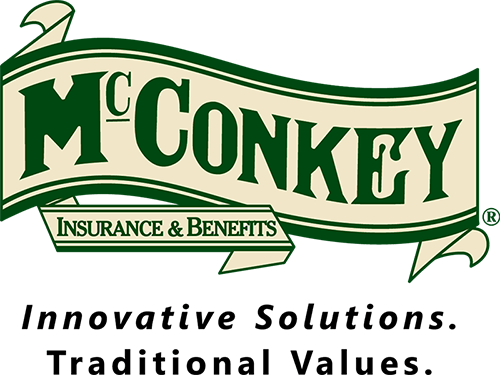
By: Debbie Dare, CLTC, LTCP | caringplans@comcast.net | 717-514-1242
Part one in a six-part guest-authored Long-Term Care Education and Planning Program (LTCEPP®) Series.
What is long-term care?
Long-term care is the need for ongoing care at any age as a result of a disability, critical illness, cognitive impairment or simply the effects of aging. Many healthy adults take for granted the ability to perform daily tasks and go about routine activities without custodial assistance. Activities of Daily Living (ADLs) include such tasks as bathing, continence, dressing, eating, toileting and transferring. With long-term care, the assistance with two or more ADLs can either be hands-on or supervisory and is expected to be needed for 90 days or more.
An easy way to distinguish long-term care from other types of care is to think in terms of “curing” vs. “caring.” Any medical or rehabilitative care is the “curing,” while assistance with daily custodial needs is the “caring.”
Where is long-term care provided?
When most people hear “long-term care,” they immediately think of a traditional nursing home, but according to Alzheimer’s Association Quick Facts (2016), 80 percent of elderly people receiving assistance live in a private home within the community, not an institution. Long-term care is not a place, but rather an event, and one that can happen at any time for any number of reasons.
Other community-based settings include adult day cares or family homes, which can complement the need for home care or assisted living facilities. Both home care and assisted living facilities are typically the next step when care can no longer be adequately or safely provided in the home. When more skilled and/or medically necessary assistance is required, skilled nursing homes are best suited to provide such care.
Due to a growing need, the number of dedicated Alzheimer’s facilities is also increasing. It’s been stated that one in three seniors dies having an Alzheimer’s or other dementia diagnosis.
How much does this all cost?
A 2015 Cost of Care Survey found that the annual median cost of a nursing home with a private room in Pennsylvania was $113,150, while an assisted living facility was $42,660 and home health aide services for in-home care were $21 per hour.
Barring a catastrophic event now, the real concern lies with these types of future costs. Care costs are increasing and expected to double every 15 years. That’s more than $225,000 for a PA nursing home by 2030. Don’t believe it? The same study reveals the 2015 annual median cost for an assisted living facility in Alaska is $68,430 and a nursing home is $281,430! Care costs can vary based on location, but as you can see, the potential for such high costs in our future is very real.
If you needed care today, what would be the impact on your family and where would the money come from?
What is your plan to handle the future higher cost of care?
Stick with us for future blogs addressing how to plan and fund long-term care, the impact on your loved ones and what this means for our veterans!
At McConkey, we partner with experts in long-term care planning. If you’d like to learn more before the next blog in this series, contact us so we can provide you additional information and connect you with a Long-Term Care Education and Planning Specialist:
Beth Cook, GBA
Associate Consultant – Benefits
bcook@ekmcconkey.com
717-505-3146



